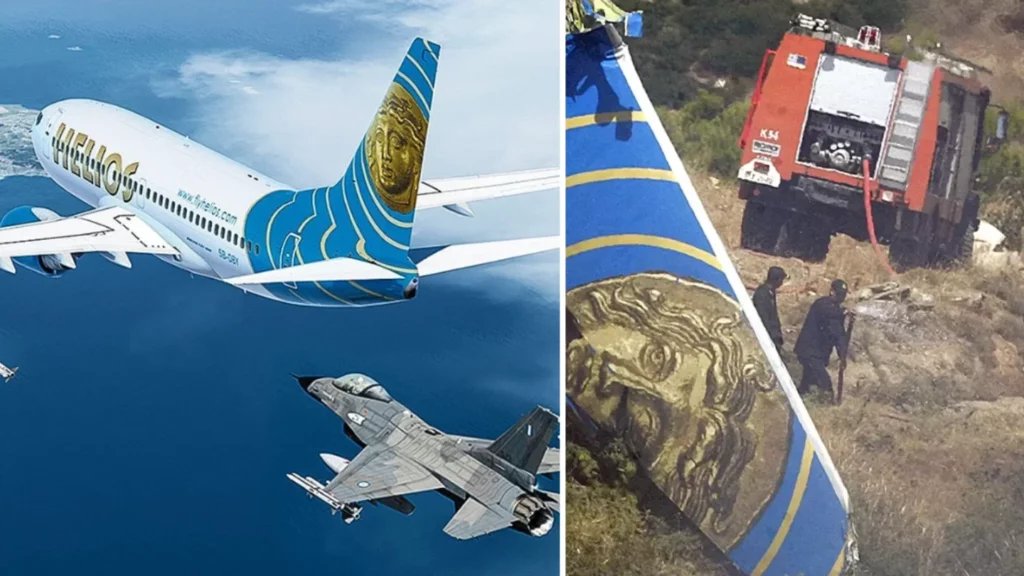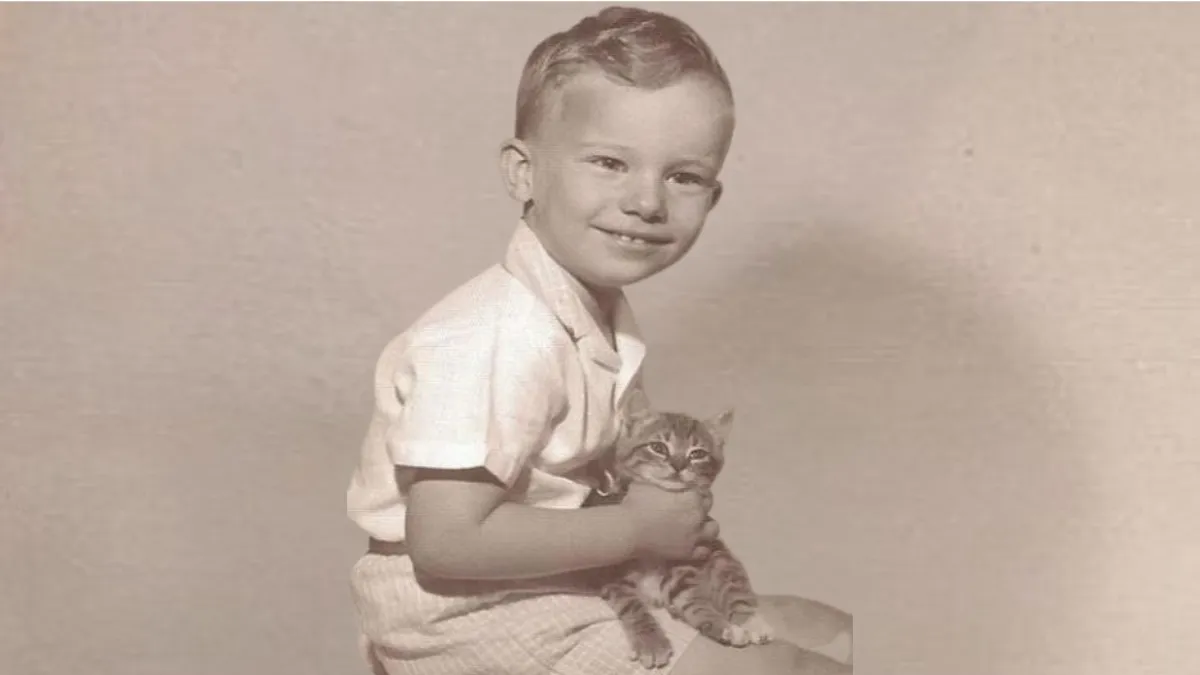Almost twenty years following the devastating incident involving Helios Airways Flight 522, the chilling aspects of the flight continue to stay within the aviation community. On August 14, 2005, a normal flight from Larnaca, Cyprus, to Prague ended in one of Europe’s most horrifying air disasters.
The Boeing 737-300, known as ‘Olympia,’ was transporting 115 passengers along with six crew members on board. A routine flight turned into a harrowing experience, resulting in all passengers losing consciousness and being unable to assist themselves.
The aircraft was under the command of Captain Hans-Jürgen Merten and First Officer Pampos Charalambous, both seasoned professionals in aviation. The duo amassed an impressive total of nearly 25,000 hours in the air, with the majority spent piloting the Boeing 737 model.
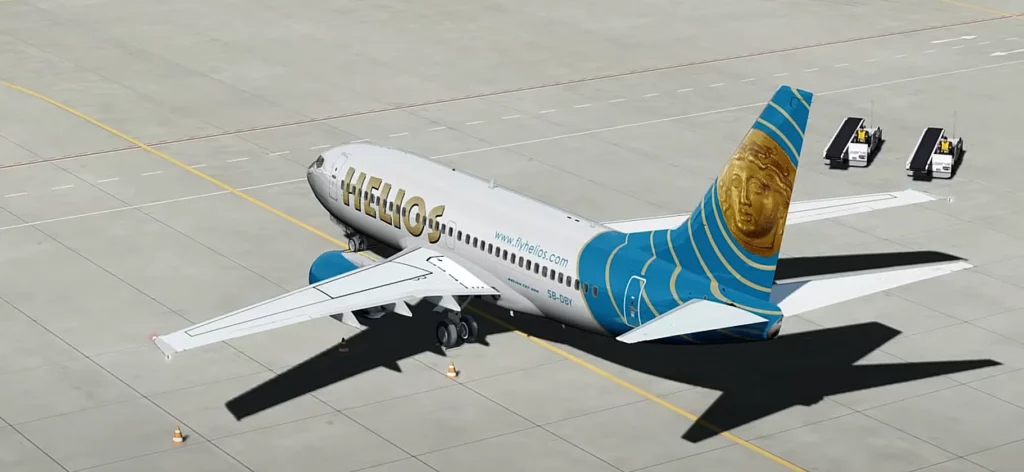
Just five minutes post-takeoff, a warning horn blared in the cockpit. The cabin altitude warning sounded, indicating a critical situation as the aircraft experienced a loss of pressure.
The pilots, regrettably, failed to respond appropriately. The alarm emitted a sound that closely resembled the takeoff configuration warning, potentially leading to some confusion.
Rather than confronting the issue at hand, they pressed on, oblivious to the seriousness of the circumstances. As the aircraft ascended, the oxygen levels within the cabin started to decrease markedly.
At an altitude of 18,000 feet, the oxygen masks were automatically deployed. Despite the ongoing situation, the crew, oblivious to the cabin pressurization failure, communicated an air conditioning issue to the airline’s operations department.
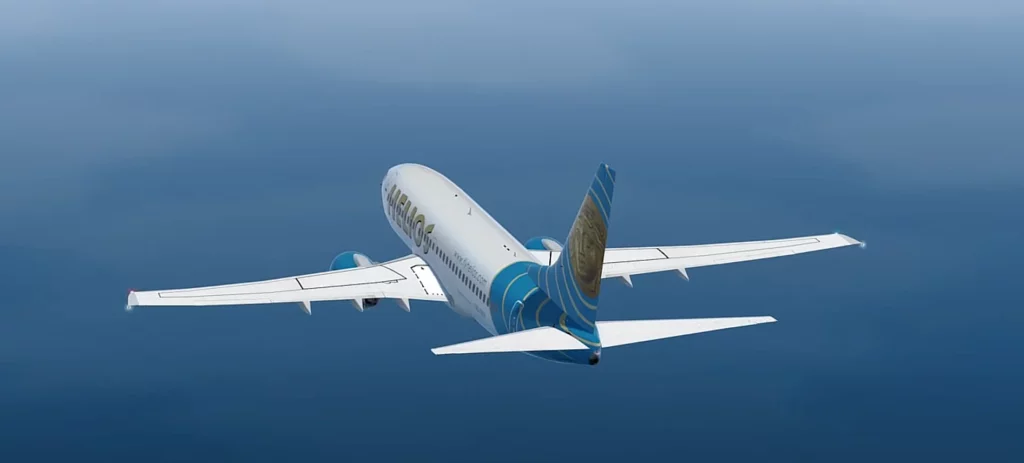
Both the crew and the ground staff were unaware of the underlying problem. The pressurization system was found to be in manual mode following a standard inspection conducted prior to the flight.
As the oxygen levels continued to decline, both passengers and crew started experiencing hypoxia, a condition resulting from a lack of oxygen. Their capacity for thought and action declined swiftly as a result.
In a concerning turn of events, the pilots failed to respond to several alarming indicators, such as flashing cockpit lights and deployed oxygen masks. The aircraft finally stabilized at an altitude of 34,000 feet, leaving the majority of passengers and crew members in a state of unconsciousness.
The aircraft maintained its course on autopilot, circling in a holding pattern above Greece. Following over an hour of quiet, air traffic controllers grew concerned and reached out to the Greek military for assistance.

Two F-16 fighter jets were sent to assess the circumstances. As they neared the Boeing 737, the fighter pilots witnessed a chilling scene develop before their eyes.
The first officer lay slumped over the controls, appearing to be unconscious. The captain’s seat remained unoccupied, while the passengers appeared motionless, with oxygen masks hanging from above.
For the next few minutes, the fighter pilots observed with a sense of powerlessness. They surrounded the aircraft, attempting to comprehend the unfolding situation, yet were powerless to intervene.
One individual, nonetheless, remained alert Andreas Prodromou, a flight attendant. He had secured a portable oxygen supply, enabling him to stay alert amid the developing crisis.
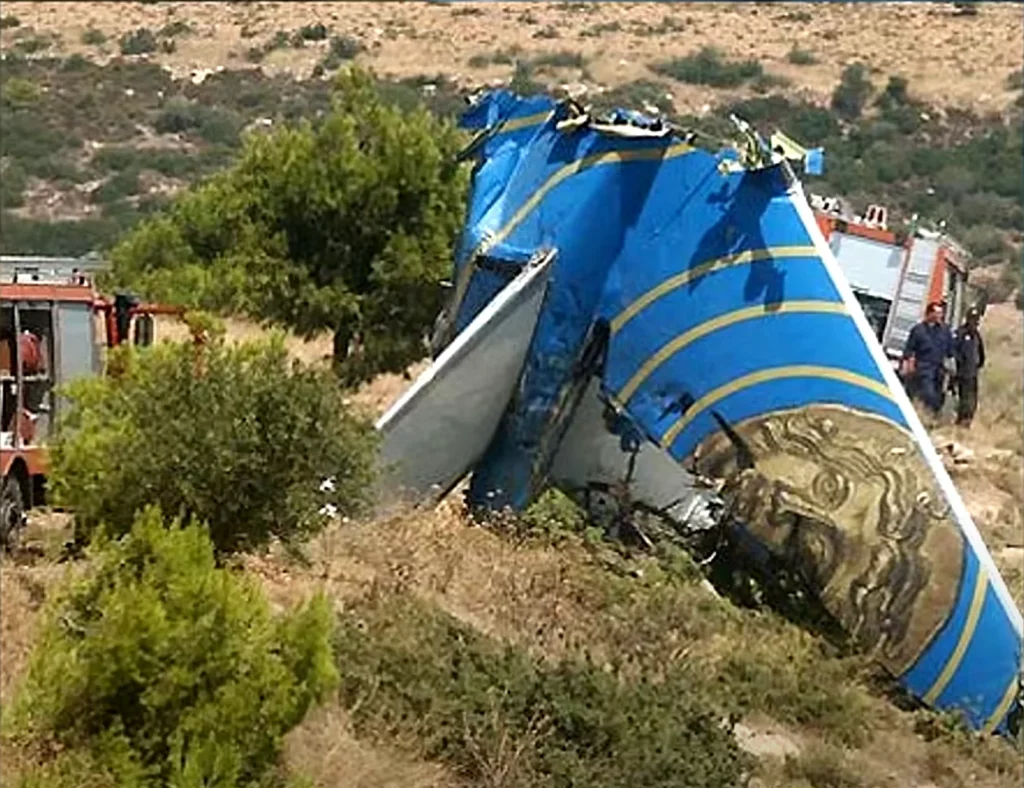
Despite holding a UK Commercial Pilot License, Prodromou lacked the qualifications to operate a Boeing 737. In a bold move, he navigated to the cockpit and assumed the captain’s seat, driven by the last chance to save the flight.
In a concluding act, Prodromou signaled to the fighter pilots before attempting to take control of the aircraft once more. However, in spite of his attempts, the destiny of the aircraft was already determined.
The left engine experienced a failure as a result of running out of fuel, leading to a descent of the aircraft. Recognizing the unavoidable nature of the crash, Prodromou pulled the aircraft away from Athens.
His actions probably prevented numerous tragedies from occurring on the ground. The aircraft altered its course, steering away from the bustling city and initiating its descent towards a more tranquil rural region close to Grammatiko.
Just ten minutes after the left engine experienced a failure, the right engine collapsed as well. A Boeing 737 crashed into a hillside, located just 25 miles from Athens, resulting in a catastrophic explosion upon impact.
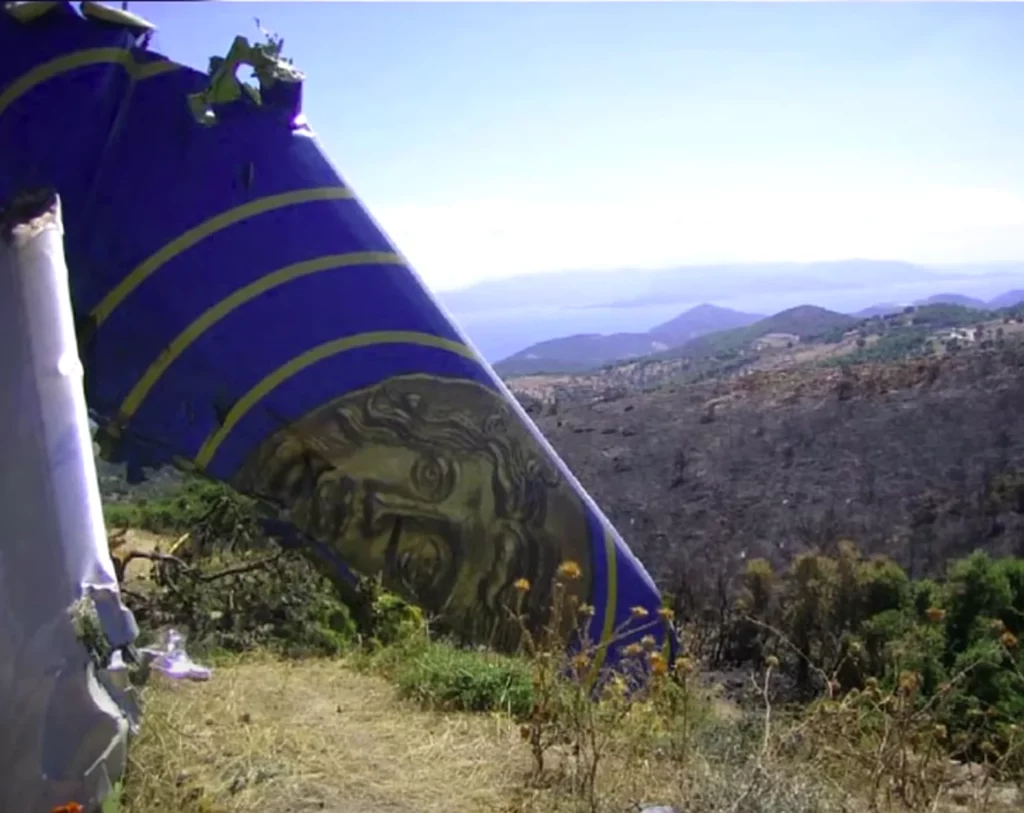
The subsequent inquiry uncovered that the pressurization system was accidentally set to manual mode. The failure to address this issue during the pre-flight inspection was the crucial element that led to the catastrophe.
Investigations revealed that the aircraft had faced several pressurization problems in the weeks prior to the incident. Concerns have been raised regarding issues with air conditioning and environmental control systems.
In light of this, Helios Airways has yet to tackle these persistent problems. Relatives of the victims have initiated legal action against the airline and Boeing, citing negligence as the basis for their claims.
In 2006, the Cyprus government made the decision to shut down Helios Airways. The Federal Aviation Administration (FAA) subsequently required that all Boeing 737 variants be equipped with extra warning lights to prevent any potential misunderstanding between alarms.
The heartbreaking incident of Helios Airways Flight 522 stands as one of the most haunting air disasters ever recorded. The eerie image of the ‘ghost plane’ soaring through the skies on autopilot, carrying unconscious passengers, has profoundly affected all who saw it.
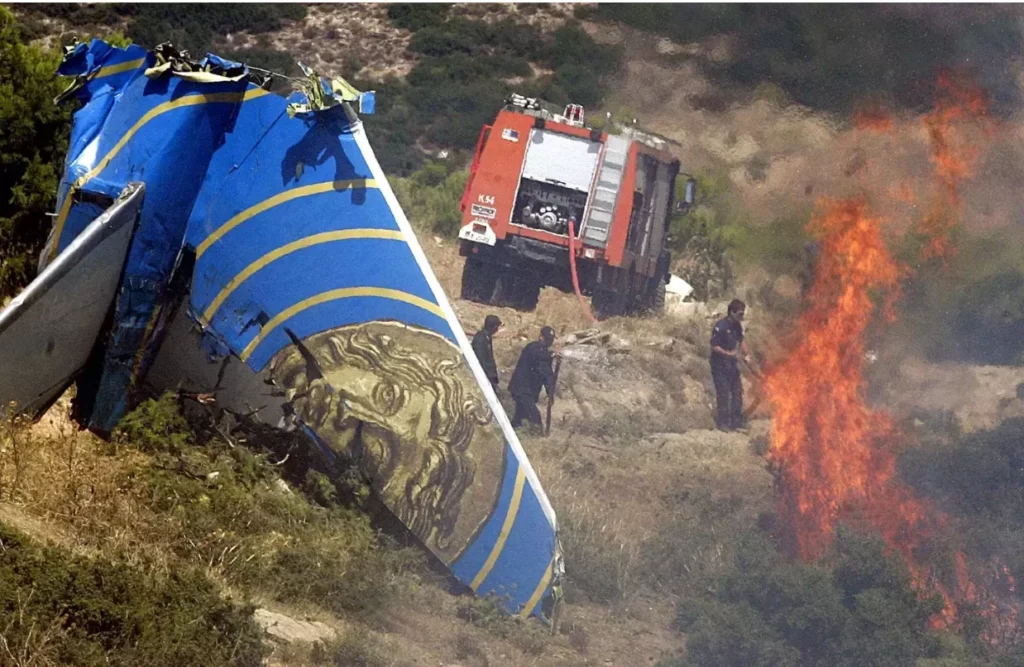
Andreas Prodromou, the most conscious person on the plane, has been celebrated as a hero. His actions in those final moments averted additional casualties and probably saved numerous lives.
A YouTube commenter shared a poignant story recounted by Prodromou’s mother following the crash. She recounted a moment when her son gestured towards a cockpit and declared, “You know, mother, one day I’ll be over there!”
Prodromou achieved his dream of becoming a pilot, but it unfolded in the most heartbreaking manner. The incident involving Helios Airways Flight 522 serves as a moving reminder of how minor mistakes can result in devastating outcomes.
Feature Image Credit: (Youtube/@TheFlightChannel)

